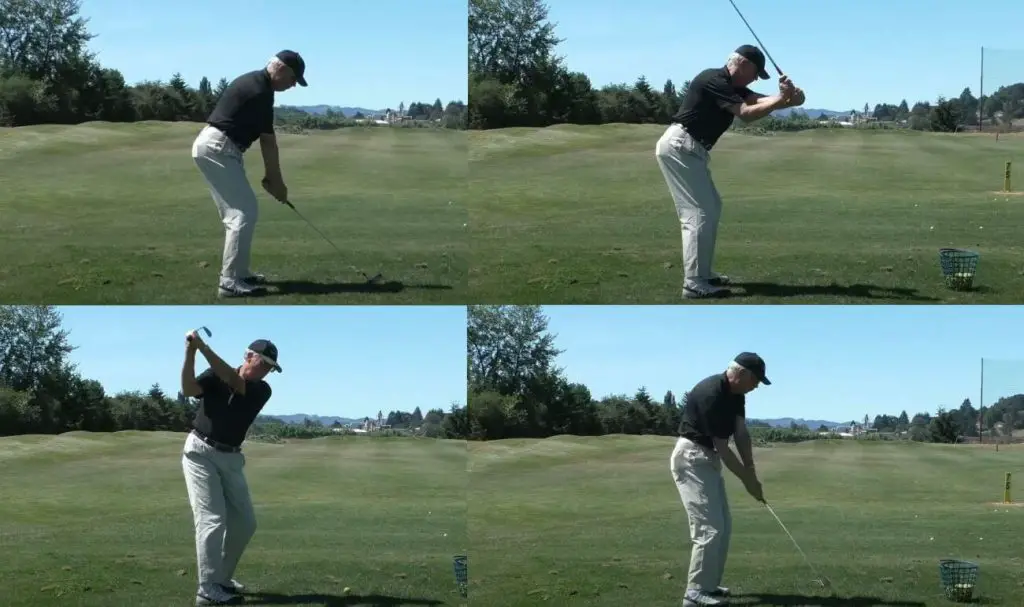Harold “Jug” McSpaden (July 21, 1908 – April 22, 1996) is an American golfer that amassed 17 PGA tour victories. This places him tied 50th in terms of total PGA Tour wins, a spot he shares with Jim Furyk, Curtis Strange, and Bobby Cruikshank.
In addition to his impressive collection of victories, McSpaden also once recorded 31 top 10 finishes in a single season (1945). Both of these stats speak to the ultimate strength of McSpaden’s game. He was an exceptionally good ball striker.
The goal of this post is to shed light on the Jug McSpaden drill. This was a backswing training drill that McSpaden developed, and is currently taught by Jim Waldron. Waldron is most famous for discovering ‘the arm swing illusion‘, which suggests that most golfers are blind to the vertical movement of the arms during an efficient golf swing. Because they are unable to ‘see’ this vertical movement, the tendency is to employ excessive horizontal arm movement during a golf swing. This promotes a backswing that is way too flat, and by extension, an over-the-top follow-through that is all too common amongst amateur golfers.
Please note – You can gain more insight into Jim Waldron’s golf swing philosophy at balancepointgolf.com.

